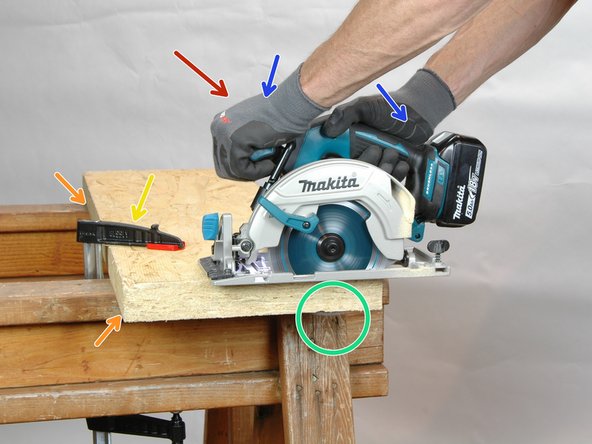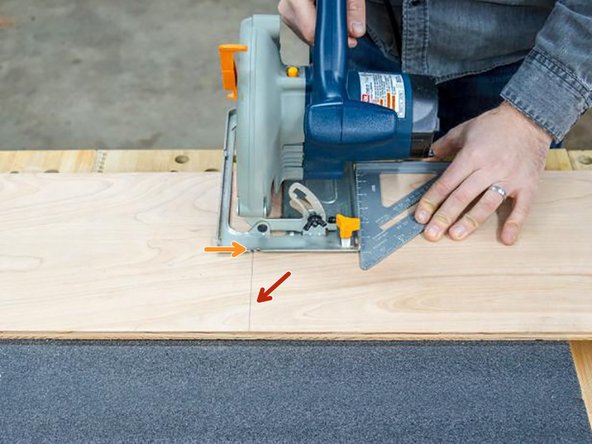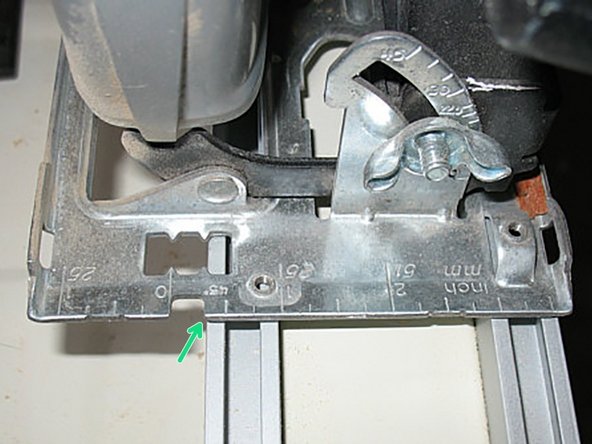Introduction
A circular saw is a handheld electric saw designed for cutting wood, but may be used for cutting other materials with different blades, such as plastic or metal. Circular saws can be either left or right-handed, depending on the side of the blade where the motor sits. This guide will teach you proper safety procedures when using a circular saw and how to operate it.
Images by: Andy Gregory, Pro Construction Guide, DIY Network, Lemurzone
-
-
1. Forward grip
-
2. Trigger
-
3. Trigger lock
-
4. Battery release
-
5. Retractable blade guard
-
6. Battery
-
7. Retractable blade guard lever
-
-
-
8. Bevel adjustment
-
9. Shoe
-
10. Retractable blade guard
-
11. Blade
-
-
-
Wear safety glasses and hearing protection
-
Stock must be well supported so the kerf will not close, bind the blade, and cause a kickback
-
Support thin materials near the cut; Clamp small pieces to a sturdy base before cutting
-
Adjust the depth of cut so the ends of three teeth are visible as the blade extends through the stock, 1/4" teeth extension is maximum
-
Keep both hands on the saw if two handles are provided
-
Before using a saw, check the base and angle adjustments to be sure they are tight
-
-
-
Always place the saw base on the stock with the blade not touching the material before starting the saw
-
Make sure the saw blade has stopped rotating and the blade cover is down before putting the saw down
-
Always unplug the battery to make adjustments or to change blades
-
Always use sharp blades and keep the blade guard functional
-
Do not overextend or over reach and lose your balance when using the portable circular saw
-
-
-
Select the correct blade for the type of cut being made and the type of material being cut
-
Adjust the saw base so the blade extends through the material being cut by no more than 1/4"
-
Mark material so that a good visible line is present to help guide the cut
-
Align the saw blade on the waste side of the cut line. The line should still be visible after the cut has been made
-
Align the cut line on the material with the proper notch or mark on the saw base to get the desired location of the cut
-
Most saws will have more than one notch so the saw position can be adjusted to get the desired cut
-
Push the saw through the material at a steady pace. Avoid going too fast, this condition can be recognized by noticeable reduction in the RPM's of the saw blade
-
For long straight cuts a guide can be clamped to the material and the saw base can be pushed along the guide
-









